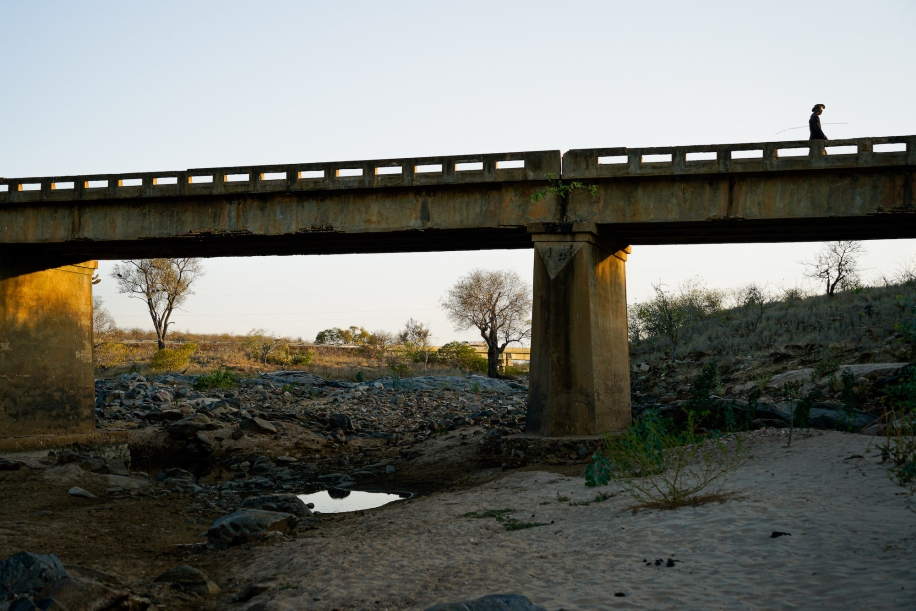
Reversing desertification
Xavier Bartaburu | Bahia, Brazil
Photographer: Xavier Bartaburu
Exhibit Title: Reversing desertification
Location: Bahia, Brazil
Affected by recurrent droughts, the Brazilian dry forest — the Caatinga — is one of the world’s regions most susceptible to climate change. Rainfall there lasts only four months and the soil is shallow and rocky, which doesn't favor crops. Add the overgrazing and the deforestation rates and we have a whole biome moving towards desertification: 13% of the Caatinga soil is already sterile.
In northern Bahia state, 600 families have come together to reverse this deforestation trend. With the Recaatingamento project, rural communities have managed to conserve and naturally recover 100,000 acres of Caatinga. They have done that mostly by enclosing preserved communal areas, preventing goat herds from overgrazing the forest. Big trees have started to grow again there.
The families have also managed to make the Caatinga more productive: in the preserved areas, they now extract native fruits that are transformed into products sold throughout Brazil. In the family groves, previously degraded soil has been transformed in Agrocaatingas: combining an agroforestry system with rainwater harvesting techniques, the lands now produce around 50 types of food, increasing food security for families and generating income.
Monagabay
www.xavierbartaburu.com
Make Comment/View Comments